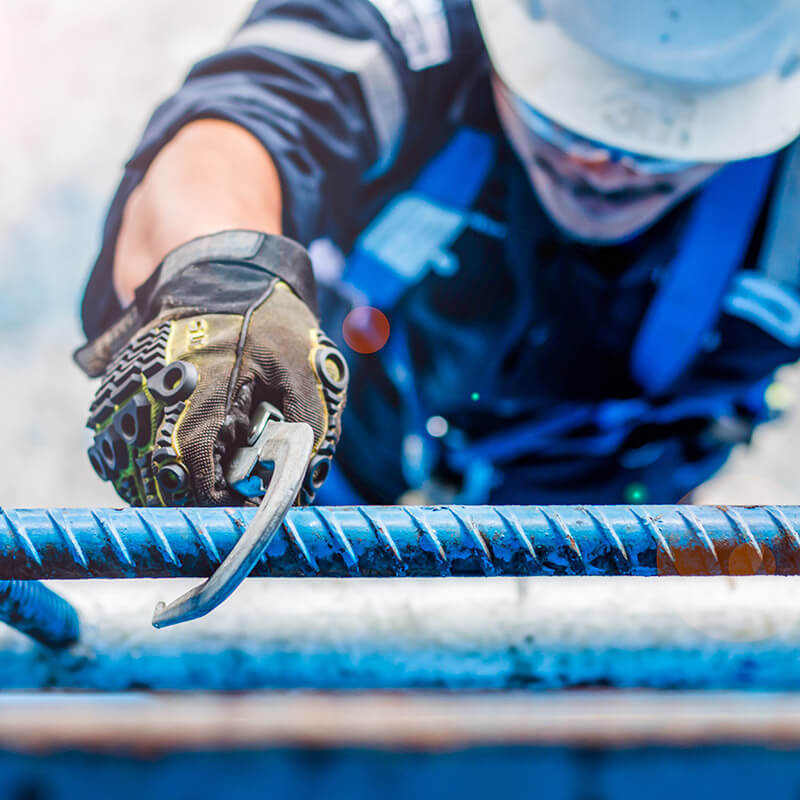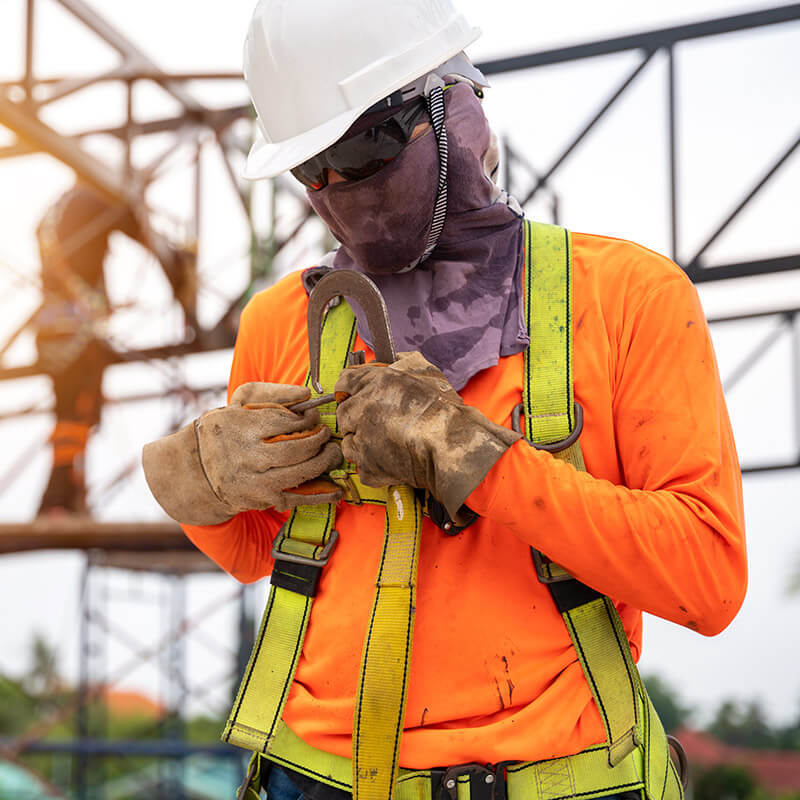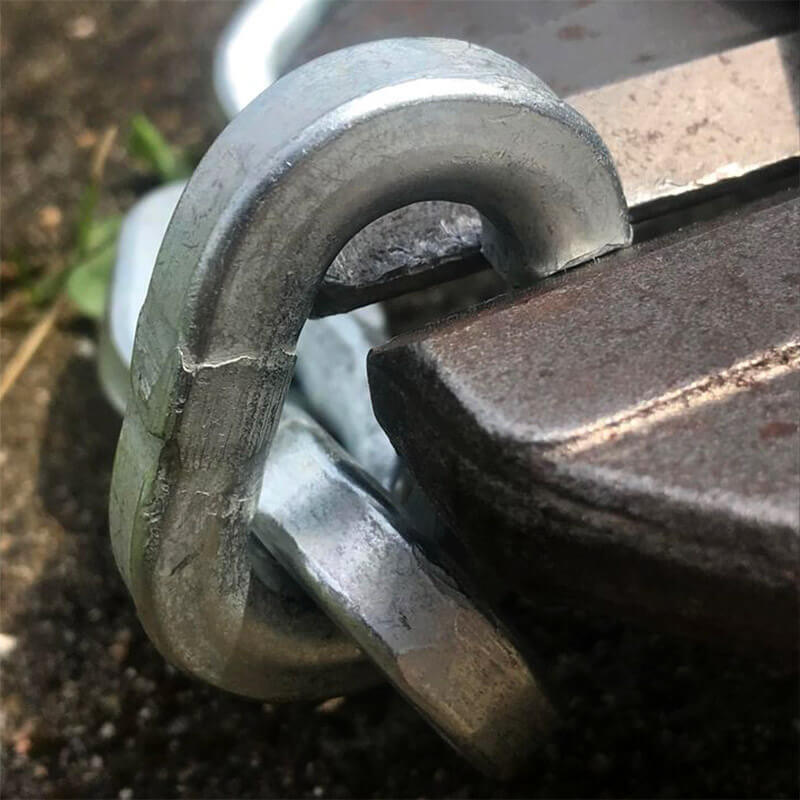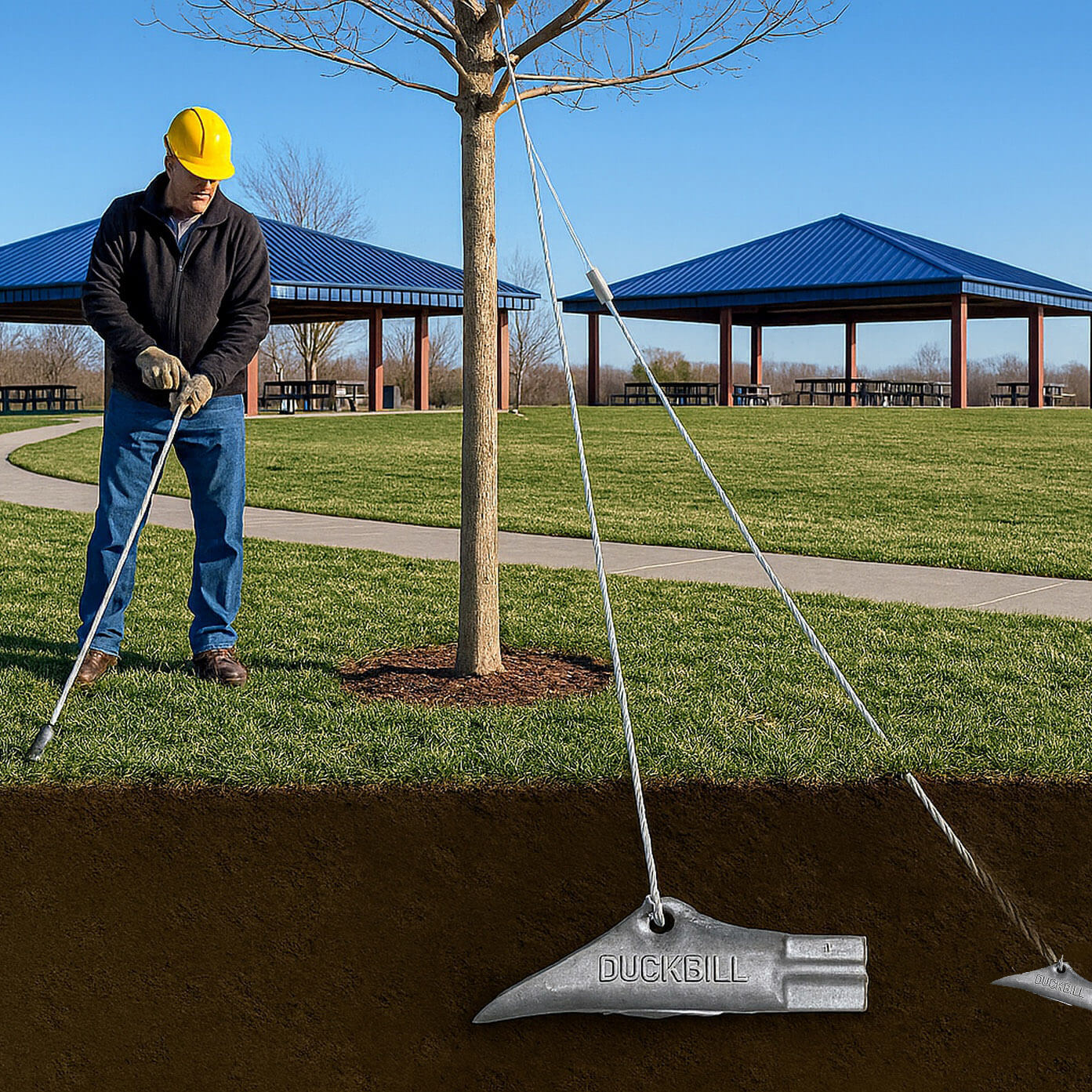An Overview of Synthetic Lifting Slings
When it comes to heavy lifting, safety is always the top priority. That's why many industries rely on synthetic slings as a safe and efficient way to lift and move heavy loads. Synthetic slings are made from durable materials like nylon or polyester, with polyester being the most common. Other, more exotic materials are available too, such as aramid and Dyneema. There are also differnt types of synthetic slings designed to suit different lifting needs.
In this guide, we'll explore the benefits of synthetic slings, the different types available, and how to choose the right one for your lifting needs. Whether you're in construction, manufacturing, or any other industry that requires heavy lifting, understanding the advantages of synthetic slings can help you work more efficiently and safely.
Benefits of Synthetic Slings
Synthetic slings offer several advantages over traditional lifting methods like wire rope or chain slings. Here are some of the key benefits:
- Lightweight: Synthetic slings are much lighter than other types of slings, making them easier to handle and transport. This can result in less worker fatigue and help avoid injuries.
- Flexible: Synthetic slings are flexible, which means they can be used in tight spaces or for overhead lifting where other slings may not fit.
- Soft Surface: Synthetic slings have a soft surface that is gentle on the load being lifted, reducing the risk of damage.
- Durable: Synthetic slings are highly durable and can withstand a lot of wear and tear. They are also resistant to UV light, chemicals, and moisture, making them ideal for use in harsh environments.
- Cost-effective: Synthetic slings are often less expensive than other types of slings, making them a cost-effective choice for lifting and moving heavy loads.
Types of Synthetic Slings
There are several types of synthetic slings available, each with its own unique features and benefits. Here are some of the most common types:
Round slings are made from a continuous loop of polyester with a color-coded exterior jacket that identifies the strength of the sling, and also protects the internal load bearing fibers. If the jacket is severely damaged, red warning fibers will become visible, alerting the user to stop use and remove the sling from service. Round slings are lightweight and flexible, making them ideal for use in tight spaces or for overhead lifting. They are also soft and gentle on the load being lifted, which can help prevent damage. Lastly, because round slings are an endless loop, you can change the bearing point of the sling by simply rotating it left or right in between picks. This will help increase the lifespan of your sling, and is something that traditional flat eye and eye web slings cannot offer.
Web slings are made from a flat webbing material (polyester is most common) that is reinforced with stitching. They are durable and strong, making them ideal for heavy lifting. Web slings come in a variety of widths and lengths, making them suitable for different lifting needs. Far and away, these are the most common type of synthetic sling our customers are looking for. They are widely available, relatively inexpensive and simple to use. The thicker and wider you go, the stronger the sling.
Synthetic Rope Slings
Synthetic rope slings are usually made from high-strength fibers, such as aramid, Spectra or Dyneema, but less expensive slings made from polyester are also available. The more exotic fibers usually offer some combination of increased strength and/or durability, but these benefits come at a price. Slings made from high-performance fibers are much more expensive compared to tthose made from more common fibers, such as polyester. Like traditional synthetic slings, rope slings are also lightweight and flexible, making them easy to handle and transport.
Choosing the Right Synthetic Sling
Choosing the right synthetic sling for your lifting needs is important to ensure safety and efficiency. Here are some factors to consider when selecting a synthetic sling:
- Weight Capacity: Make sure the synthetic sling you choose is rated for the weight of the load you need to lift.
- Lifting Method: Slings can be used in different hitches, including vertical, choker and basket. The sling's Working Load Limit (WLL) will change accordingly, so be sure to pay attention to how you're using the sling.
- Hardware: Make sure you're using hardware that is sized and rated properly for your sling. For example, you should not wrap a large diameter sling around a small diameter shackle.
- Environment: Consider the environment in which you will be using the sling. If you will be lifting heavy loads outdoors or near water, for example, you may need a sling that is resistant to UV light and moisture.
What Is a Kernmantle Rope Used For?
Nov 21st 2025
What Is a Fall Protection Harness?
Nov 14th 2025
What are the four components of a PFAS?
Nov 7th 2025
Is Palmer Safety OSHA Compliant?
Nov 3rd 2025
What’s the Hardest Chain to Cut?
Oct 20th 2025
What are the most common tools used in rigging?
Oct 13th 2025
What Is the Strongest Security Chain?
Oct 7th 2025
Are Pewag Chains Good?
Oct 3rd 2025
What Are DuckBill Anchors Used For?
Sep 26th 2025










